Radical Nature
Global Equality
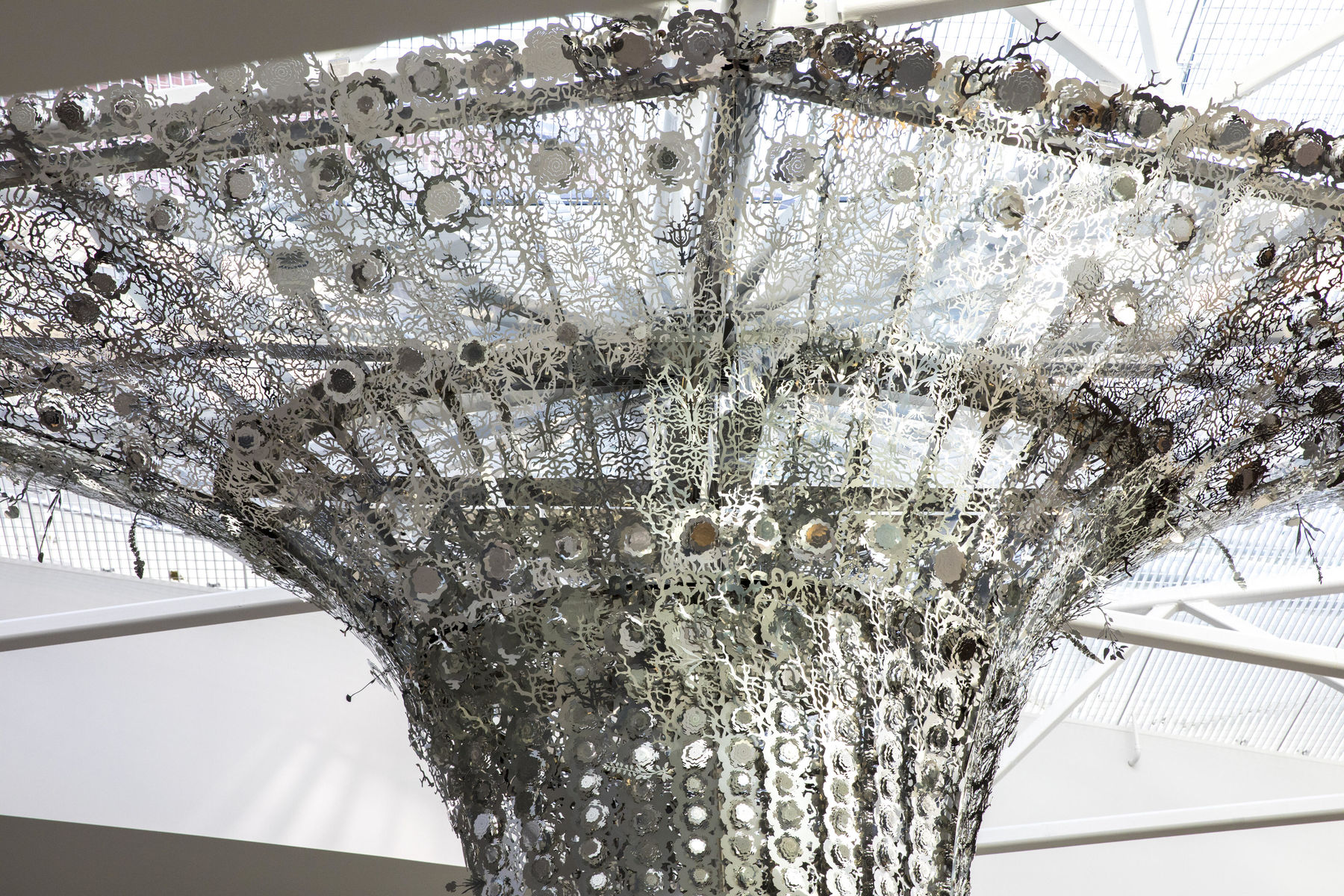
Global Equality Art Collection at Väre
Each individual artwork in Väre reminds us of the power of art in its ability to explore and expose diverse sociocultural and natural phenomena.
In our Aalto University strategy, one of the key objectives is to renew society by art, creativity and design. Understanding who we are, how we see others, developing for the future, and re-newing society is based on exploration; research and experiments, imagination and insight.
Art gives us an opportunity to rethink all forms of knowing and doing. To be able to experience great art in our premises – to have this opportunity to rethink on a daily basis – is a privilege. It is also a big commitment by Aalto University, to ensure that we all can access art, to allow for different perspectives and to embrace the diverse modes of making sense and experiencing the world. We are the first university in Finland to commit to the percentage for art principle, which means that approximately one per cent of a building project’s costs are allocated to art purchases.
Our new Väre building, the home of the School of Arts, Design and Architecture, is the first new construction project where Aalto University applies this principle. Each individual artwork in Väre reminds us of the power of art in its ability to explore and expose diverse sociocultural and natural phenomena in our environments. The art concept, Global Equality, is manifested in and through different art forms, materials, techniques, and traditions and by artists from manifold backgrounds and contexts. Thus, the artworks provide us all the possibility to experience the theme through diverse perspectives. I hope that they also encourage you to rethink the world around you and to embrace imagination, intuition, and critical exploration in your daily life.
Anna Valtonen
Professor, Aalto University
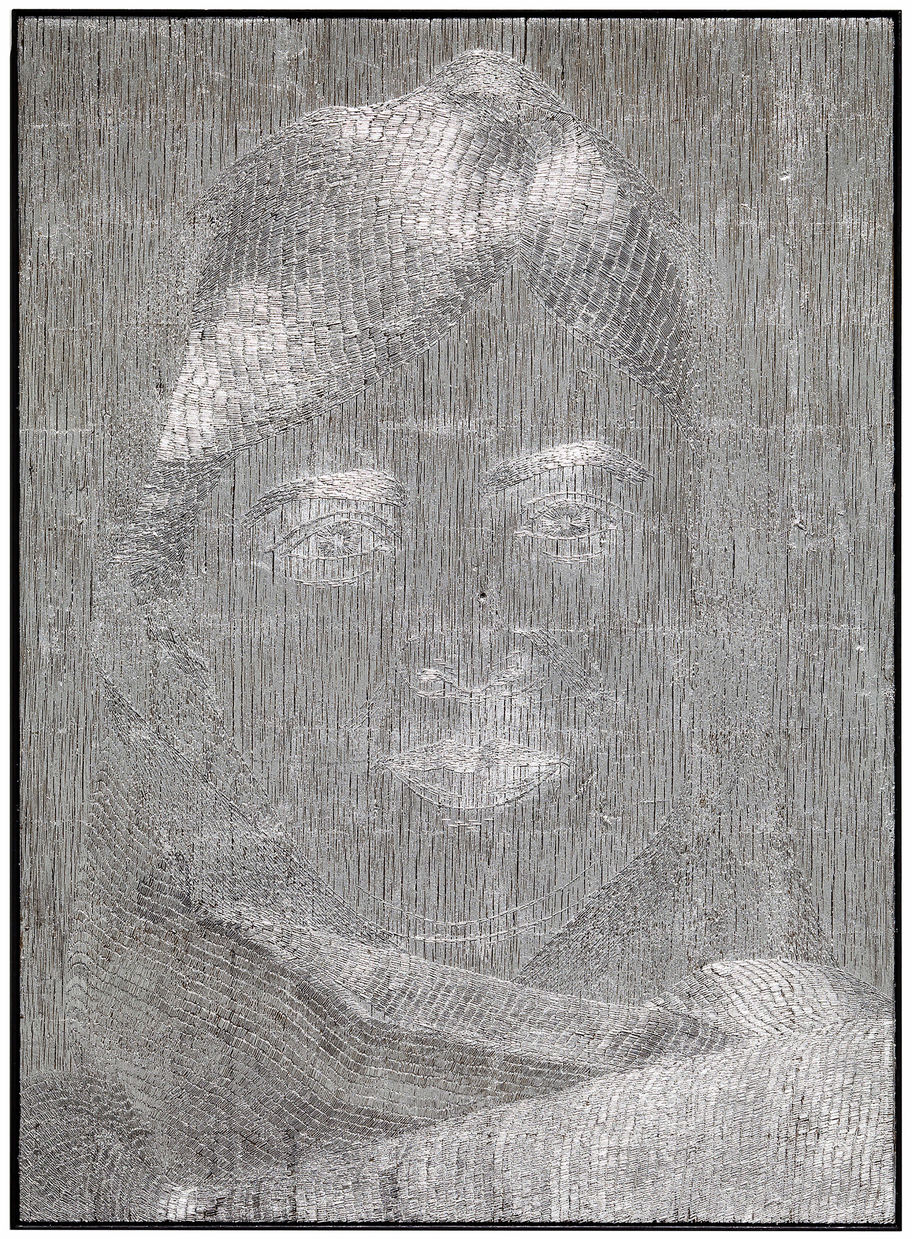
Globality in the field of arts can be seen as a historic fact. In recent decades the global nomadic moving also in education and research has grown into new potentials, which creates a need for new identities. Public Art situated at a University can offer some views and questions for the global identity building. “Global Equality” - theme for the Väre art collection - highlights the international nature of the School of Arts, Design and Architecture at the Aalto University. Furthermore, the art concept puts weight on the Finnish democratic value of equality, which provides visibility to difference and highlights its acceptance.
The artists behind of Väre art collection are both men and women. They present both long-career artists, but also young talents.
All artists have a connection to Aalto University as alumni’s, students or former professors. In the context of art, design and architecture education and research, the art works will be part of the frame work for critical education and research. The art works are at Väre to inspire and activate design thinking and artistic excellence in multiple ways, still leaving space for varying temporary events and exhibitions.
The art works for “Global Equality” art collection was selected by the methods of sharing, co-creating and curating. There were two art competitions organized; an open student art competition “Wall- Art” for all Aalto University Students and an invitational art competition. The student art competition winning art work “Kreutzstrasse” by Gloria Lauterbach at the outside wall near the building can be viewed from several windows of the new building. From the invited art competition two art works were commissioned to Väre cluster spaces: “Insight” by artist-duo Grönlund-Nisunen and “Lumen” by artist Kirsi Kaulanen. The art works at the project rooms were curated with the hints and continuous discussions with the staff and students from School of Arts, Design and architecture. Thanks to all participated in the process for your knowledge and help!
Global Equality theme is handled with major global topics like questions of fear of changes, sexuality, climate change and the refuge questions. The art works showcase also a variety of materials and techniques, which reflects the study and research fields of the School of Arts, Design and Architecture at the Aalto University. The art works pose questions of diversity, still suggesting that we are all the same and we are all connected. In the public art collection there are also critical topics, which might be painful and problematic topics like questions of animal rights. Engaging and strengthening critical debate as well as finding solutions for global issues are in the core of University’s activities.
One of the main ideas for displaying art at Väre is to provide art works that create a durable and exciting environment, while leaving also enough space for temporary exhibitions and events. This is particularly relevant in an institution, where students and faculty produce art and exhibit their artworks. The art works also encourage all visitors and members of Aalto Community to investigate what these art works are all about. Be brave and take a deeper look. Not all s what it seems at first glance!
Outi Turpeinen, Art Coordinator / Aalto University
Tommi Grönlund ja Petteri Nisunen: Insight (2018)
Winner of the invited art competition.
Insight offers the viewers constantly altering viewpoints, underlining how our common environment is seen in various ways, none of which is as such better than the other. The work moves the attention away from itself and reflects all activities and people around it instead.
Students and members of staff, despite of their professional status, nationality, race or gender are seen in an equal way as an integral part of the whole. Occasionally this communal aspect of the work is intensified, as the viewer catches a glimpse of oneself among others.
The visually light and constantly altering artwork is in continuous dialogue with the surrounding architecture and offers a delicate contrast to the sculptural and monolithic staircase dominating the space. The vertical mirrors rotate slowly, and the moving reflections of the surrounding space create a surreal linear phenomenon in the void of the cluster space. On sunny days, the work casts slowly moving linear reflections to open corridors surrounding it.
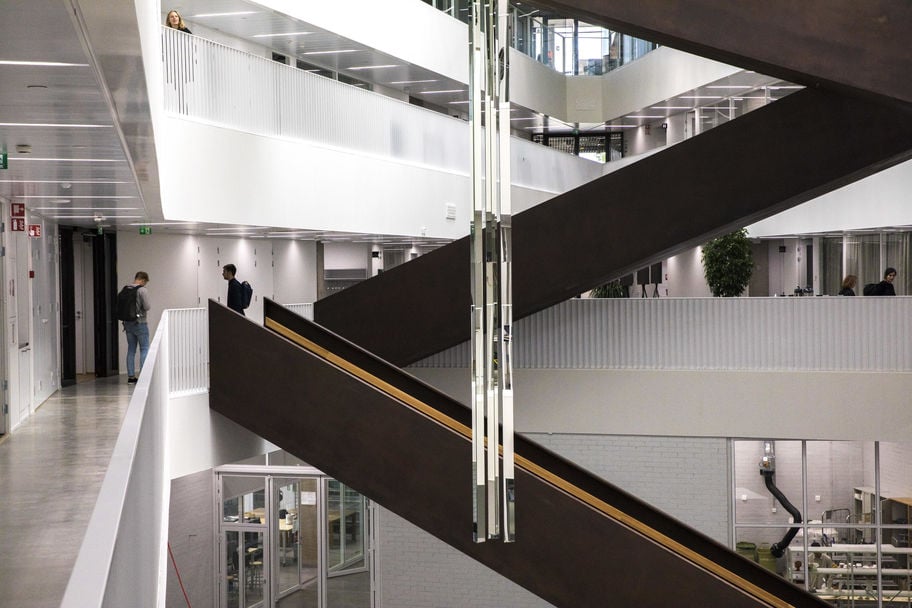
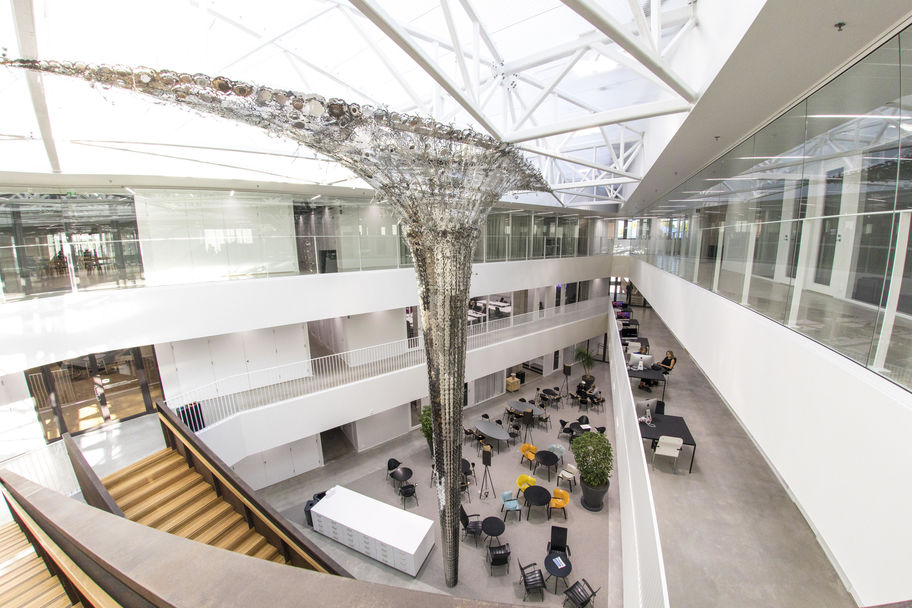
Kirsi Kaulanen: Lumen (2018)
Winner of the invited art competition.
Lumen connects hard technology with nature and femininity. The site-specific artwork interplays with the architectural space by stretching from floor to ceiling and adding ornamentation to the straight lines of the space. The piece refers to an old Finnish work of mythology, ‘Sammas’, a world pillar which connects the earth and the sky.
A lumen is also a unit of light, and in Väre Lumen reflects its surroundings. The artwork also addresses the relationship between humans and nature. There are about 150 different lasercut steel flowers of endangered plants from around the world. The plants form paths in the surface of the sculpture. The sand couch grass plant was the inspiration for the root patterns in the artwork, serving as a reminder of the unity of each moment. According to biologists, the roots of trees connect with each other.
Production team: Laserle Oy, Timo Luukkonen Tmi, Pentti Nyholm
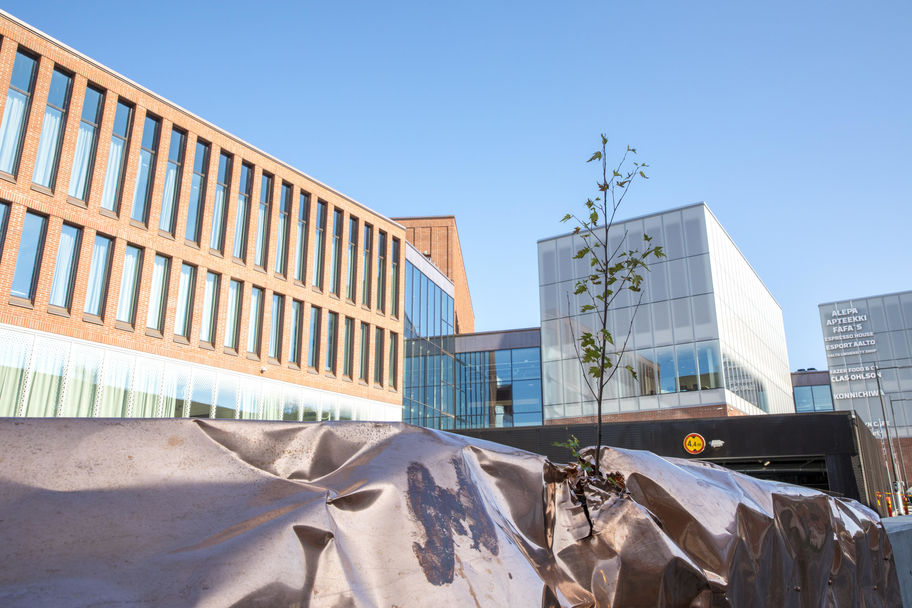
Gloria Lauterbach: Kreutzstrasse (2018)
Winner of the Wall-art student art competition
Kreutzstrasse is a replica of a copper roof element torn off by a heavy storm from a church in Zurich, Switzerland in 2015. For the new Väre building, the roof remains have been re-created including the entangled birch tree. The roof has been made using traditional roof-making techniques taught to the artist by her grandfather.
The artwork wishes to raise questions on the possibility of transferring forces and events, extracting them from their original context to make them globally experienceable, underlining our existence as entangled beings, living as meshworks. It is planned for the artwork to be at the site for five to seven years, and it will part of Lauterbachs doctoral dissertation work. As such, it will also become a public laboratory.
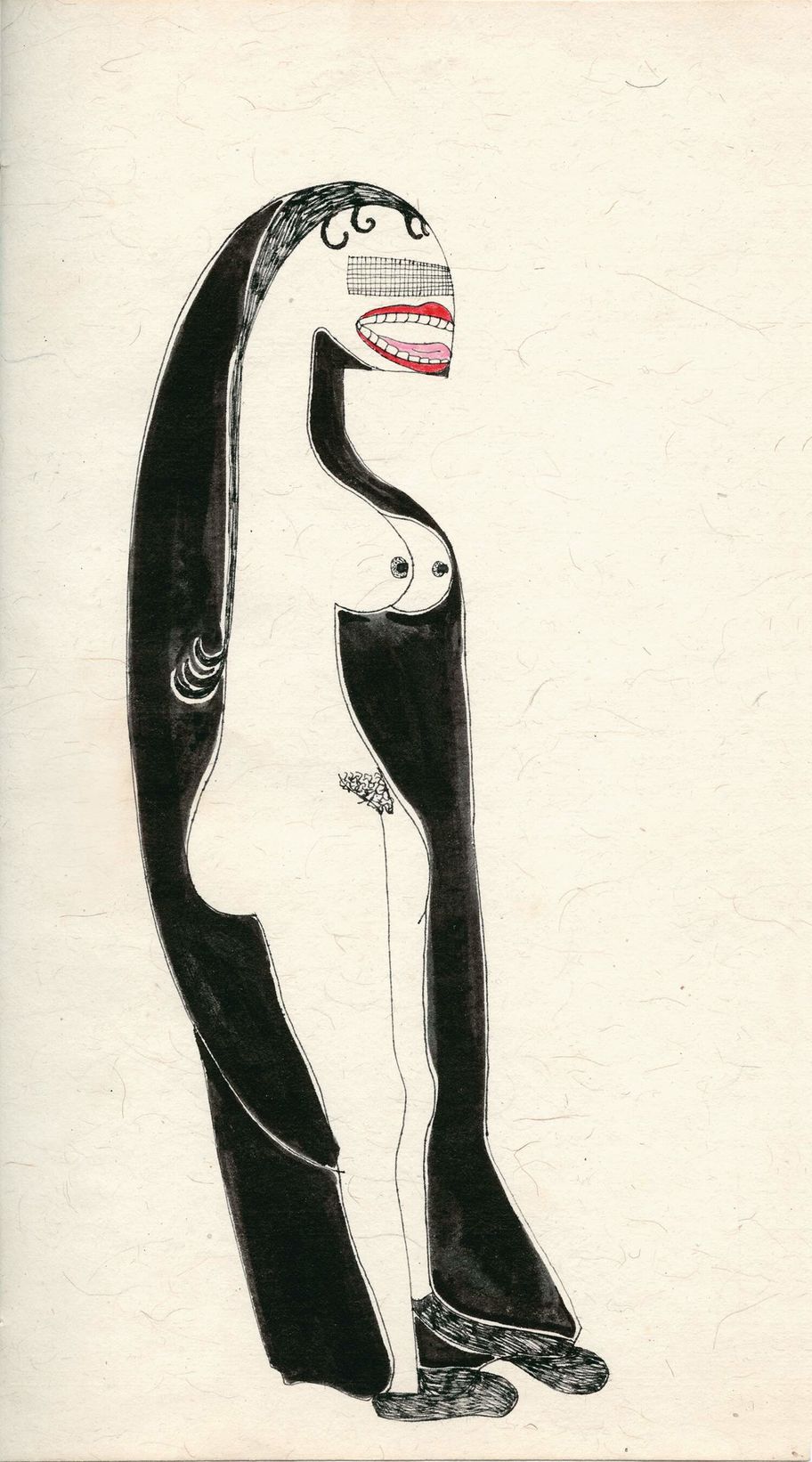
Universities Bringing the World Together - Hosting Scenes
The world is increasingly digital and global communities connect through the internet and social media. There is a trend to move out from megacities, where the price of living has exceeded moderate limits. Still it looks like subcultures, networks and platforms thrive in just a few geographical spots.
What people have conceived as ‘the world’ has changed from time to time. Our era might be the first when inhabitants of the globe feel like sharing the same space. Cusco (‘Centre of the Earth’, the capital of the Incas), 19th century Paris and Edo (historical Tokyo) were unchallengeable focal points in what their inhabitants thought of as ‘the world’. But today we (at least should) know that what is lacking in New York, exists in Mumbai, and what is missing in Shanghai, marks the scene in Accra.
Higher education has always been a key agent in mashing up intellectual and artistic scenes. Students have relocated to their university to make a personal change. They have brought their history and agenda.
They have left a mark. This way, universities have formed scenes of their own. And the more they are international, the more they form a miniature model of the world, and of course, of our shared future.
Vidha Saumya’s critical life work on female pleasure and gender roles traveled a long way from Mumbai to Espoo, presenting here a new contemporary passion for drawing and a witty, lighthearted way of using poetry to accompany the images. By taking her visualized, troubled bodies existentially close to the viewer, she invites them to wrestle with force-fed roles and complex bodily reactions.
Re-viewing the world marks the work of other VÄRE artists too. For example, the Swiss-born Sasha Huber has dedicated her life work to question European societies to rethink their monuments and heroes. ‘Painting’ with staples she raises a latently violent atmosphere, while at the
same time gently picturing key figures of human rights history so that an atmosphere of sympathy and dignity takes over. Huber has, like Saumya, left a progressive mark on what art and culture means at the campus, like the whole niche of artists exhibited in VÄRE, who portray alternative worlds.
The diversity of the cultural and political horizons, which the VÄRE artworks employ, testify the challenges and potentials, which today’s academic centers face. We share a lot, but not much can be taken for granted. If ever, the university needs humbleness. Its staff, a constantly changing international community too, needs to recognize its role as a host. How to make space for the constantly surprising, unexpected ways of seeing and picturing the world? How to handle the unavoidable clashes? And how to steer the dialogues?
Renaissance city centers in Italy were intended to be model cities. Maybe this could be a way to think about campuses?
Although they are centers for the life of the young and the bold (and to some extent of course always privileged), they must stay affordable for living. Exhibiting artworks from alumni is one way to celebrate the tradition of universities and their campuses being both scenes and miniature cities (or world villages).
Max Ryynänen, lecturer/ Aalto University